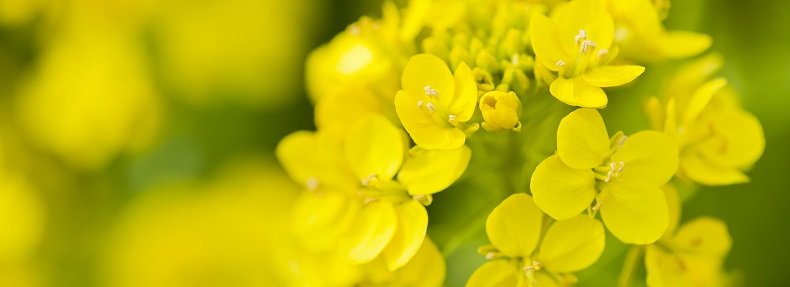Top tips for successful WOSR establishment

Here are some tips to help growers establish and make a success of winter oilseed rape this year:
1. Drill into the right conditions
Early sowing generally helps oilseed rape outgrow pest threats and ensures good crops going into winter, but only if there is adequate moisture to allow seedbed preparation and support germination. Avoid rushing drilling into very dry or cloddy seedbeds and be prepared to wait for suitable conditions – tailor cultivations to soil type and season. Most conventional varieties can be sown up to mid-September, while more vigorous hybrids can be sown through to the end of September. Later drilling may also help avoid the main flea beetle migration period
2. Nutrition boost
Starter fertilisers have proven to boost establishment by placing key nutrients (nitrogen and phosphate) in a band close to seed at drilling, allowing easier uptake by young seedlings. Phosphite seed treatments can also help promote early rooting and subsequent water and nutrient uptake
3. Consolidate seedbeds
Rolling after drilling improves seed-to-soil contact, reduces slug pressure and improves pre-emergence herbicide efficacy
4. Control weeds
Consider applying a suitable pre-emergence residual herbicide where grass and broadleaved weed pressure is high. Not investing in early weed control for fear of crops failing is false economy
5. Minimise disease threats
Phoma and light leaf spot are the main issues to be aware of, especially in early-sown crops that could be exposed to disease for longer. LLS is polycyclic and spores can be present from drilling. Apply a preventative autumn fungicide with LLS and Phoma activity, such as Proline (prothioconazole) rather than wait for visible symptoms. Select varieties with good resistance to the main disease threats faced on the farm
6. Monitor crops closely
Vigilance is essential in the early stages of establishment. Once past 3-4 leaves crops are more able to outgrow pest damage. The main pests are:
- Cabbage stem flea beetle – mainly confined to “hot spot” areas, but geographic incidence is spreading. Crops most vulnerable during germination and leaf development, so monitor closely and treat when population thresholds are reached
- Pigeons – range of scaring devices available. Avoid bare patches to deter birds from landing
- Slugs – reduce risk by managing surface trash and preparing good seedbeds that are well consolidated after drilling. Apply pellets where necessary.
